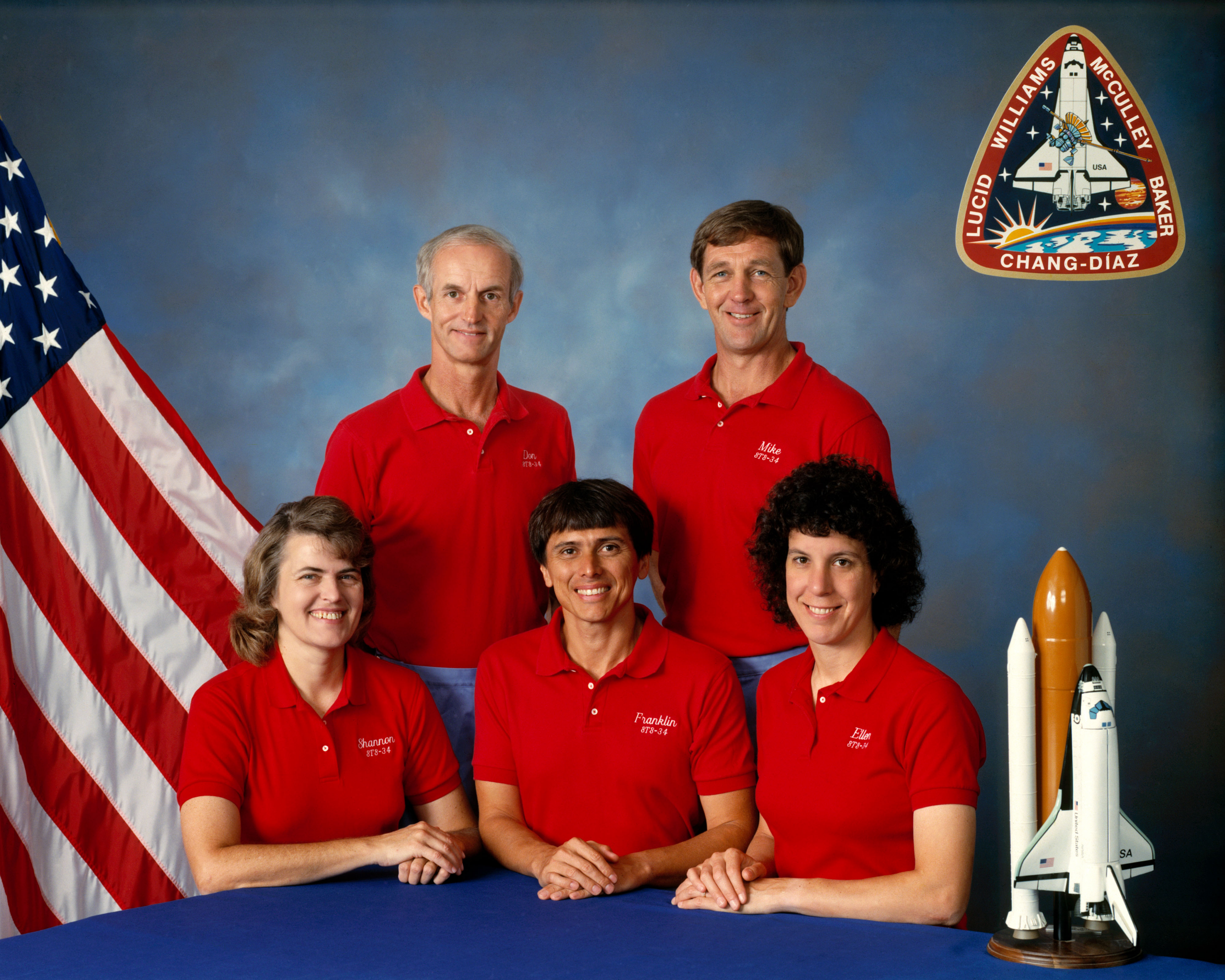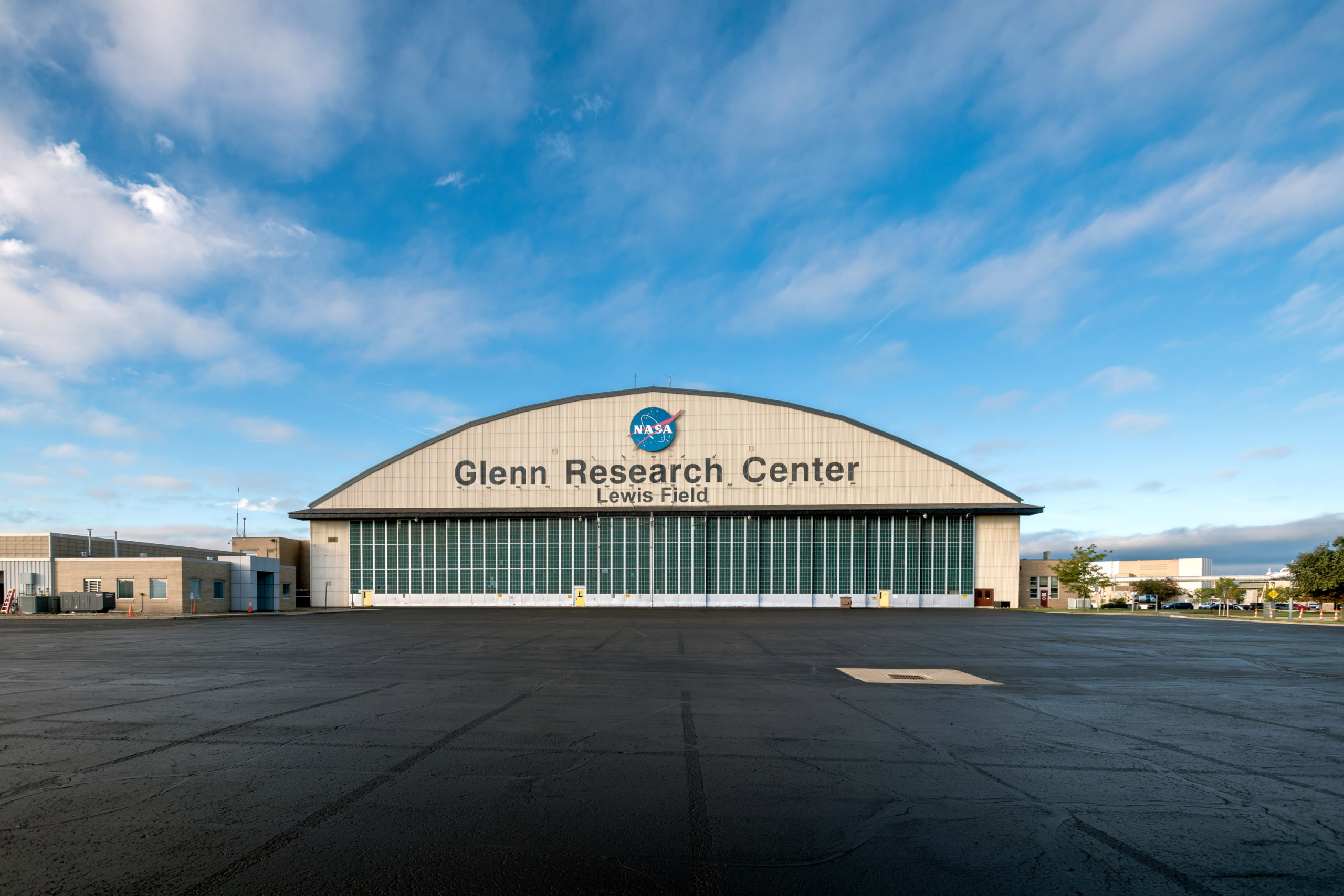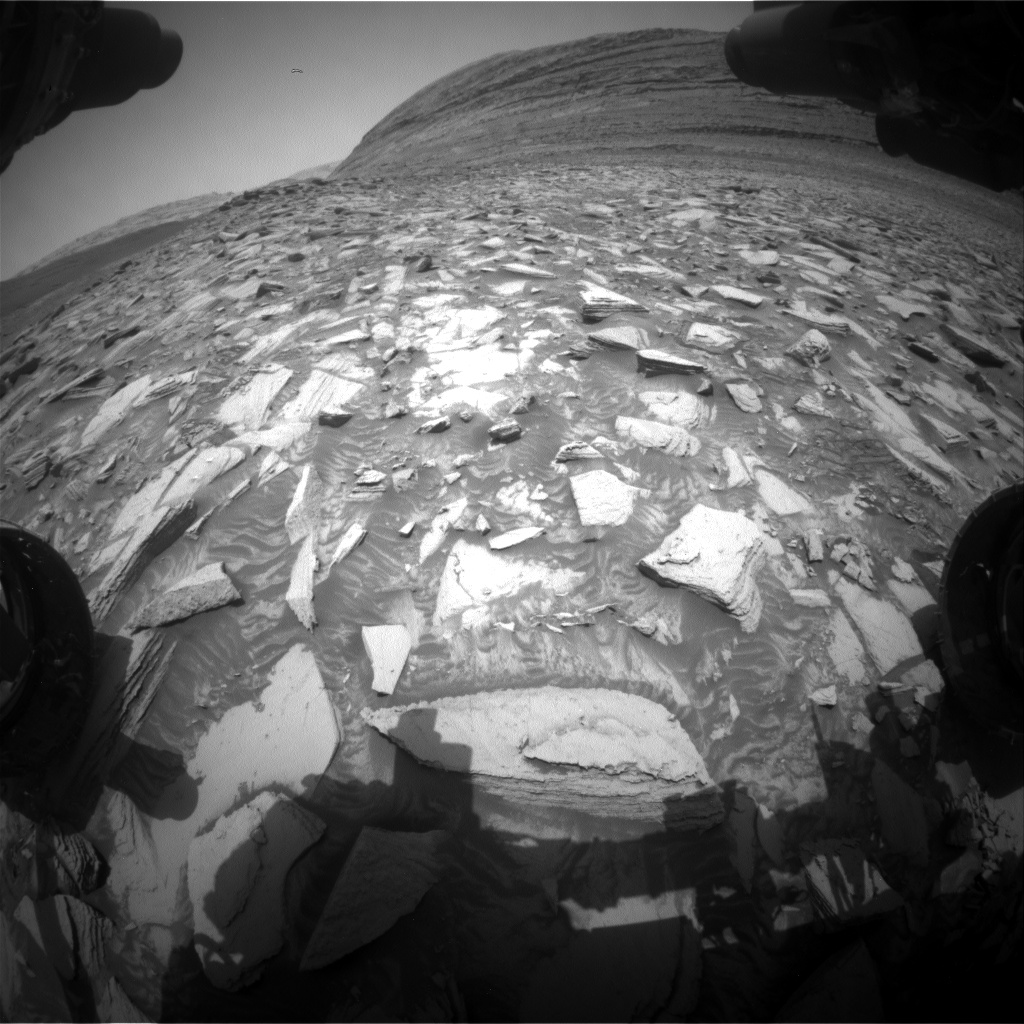The first sol also sees a small collection of environmental science observations, including Navcam images to monitor dust and sand on the rover deck as well as a Navcam movie looking out over the northern horizon to look for clouds. We haven’t been seeing many clouds lately, but we are rapidly approaching the end of the current Mars Year, and the end of the dusty season. (The new year, numbered 38, begins Nov. 12; a Martian year is much longer than one on Earth, taking 687 Earth days to orbit the Sun.) Though the cloudy season won’t really pick up steam until February, the “noctilucent cloud season” will be taking place in December and January, which has produced some spectacular images in the past. Today’s plan also features an “UltraSPENDI,” or “Shunt Prevention ENV Navcam Drop-In.” This activity takes 18 cloud movies and dust devil movies over three hours and serves to prevent the rover’s batteries from remaining fully charged for an extended period of time, which would hurt their long-term health.
Related Posts

35 Years Ago: STS-34 Sends Galileo on its Way to Jupiter
On Oct. 18, 1989, space shuttle Atlantis took off on its fifth flight, STS-34, from NASA’s Kennedy Space Center (KSC)…

NASA Glenn Looking to Lease Facilities
As NASA advances its aviation and spaceflight missions, its facilities and infrastructure need to evolve along with them. NASA centers,…

25 Years Ago: NASA, Partners Begin Space Station Assembly
NASA is marking 25 years since the first two elements of the International Space Station were launched and joined in…
